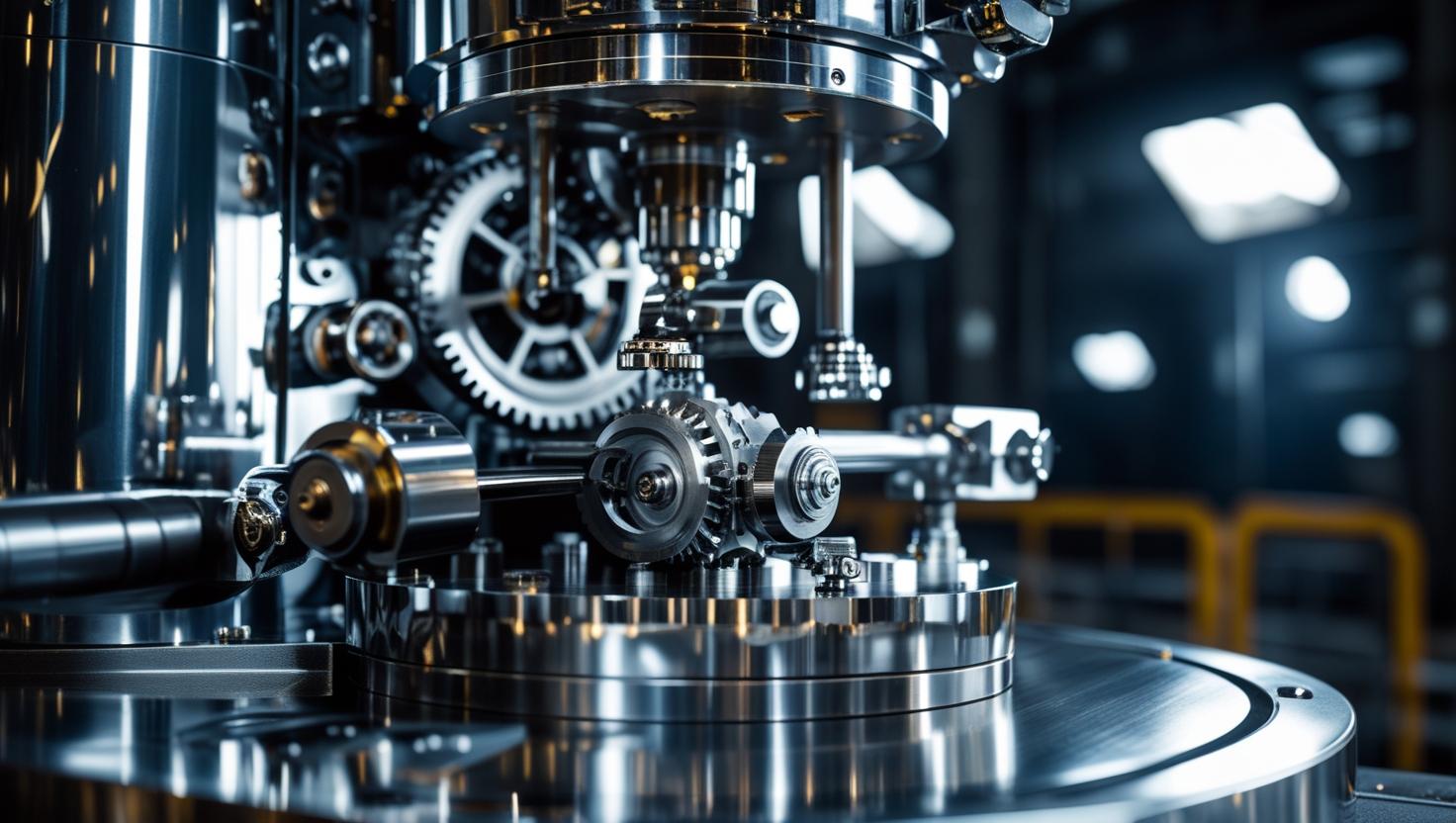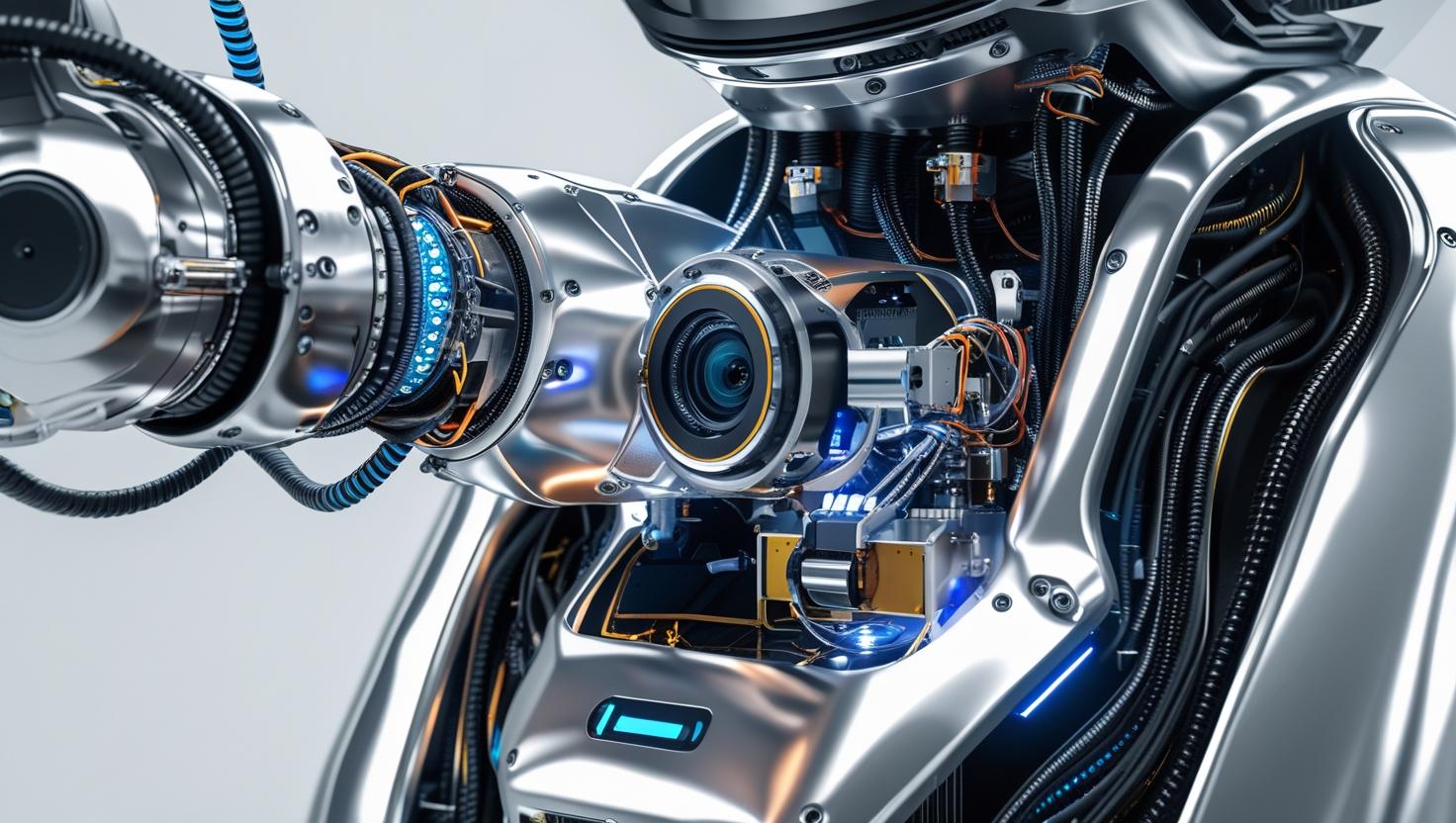In today’s high-speed manufacturing environment, quality cannot be compromised. Whether it’s pharmaceuticals, electronics, food packaging, or automotive parts, defective products can damage reputations, cause recalls, and endanger lives. This is where inspection machines come into play—silent guardians that ensure products meet rigorous standards before reaching the customer.
https://www.marketsandmarkets.com/pdfdownloadNew.asp?id=268102519

An inspection machine is a specialized device or system designed to automatically examine, evaluate, and verify the integrity, structure, or quality of products and packaging in real time. These machines serve as a critical line of defense in industrial production by identifying defects, deviations, or inconsistencies without slowing down operations.
What is an Inspection Machine?
An inspection machine is typically integrated into production lines to assess components, finished products, or packaging for a variety of parameters. It may use technologies such as:
-
Vision systems (cameras and image processing)
-
X-ray or infrared imaging
-
Ultrasonic and laser scanning
-
Weight checkers
-
Cap torque testers
-
Leak detection systems
-
AI-based defect recognition
These systems can be standalone units or part of a broader automated quality control solution.
Applications Across Industries
Inspection machines are used in virtually every industry where quality and consistency are essential. Here’s how different sectors rely on them:
Pharmaceutical Industry: In pharma, inspection machines detect issues like cracked vials, missing tablets, incorrect labels, and contamination. Regulatory compliance is non-negotiable, and machines are validated to meet GMP and FDA standards.
Food & Beverage: They detect foreign objects, ensure fill levels are accurate, check seal integrity, and confirm labeling accuracy. This helps avoid safety hazards and maintains brand trust.
Electronics: Tiny defects in PCB boards, solder joints, or connectors can be disastrous. High-resolution optical inspection machines and X-ray systems are used to catch microscopic flaws.
Automotive & Aerospace: Safety-critical components must meet tight tolerances. Inspection machines scan for surface cracks, dimensional inaccuracies, and material inconsistencies.
Packaging: From cartons to bottles, packaging must be tamper-proof and correctly labeled. Inspection systems ensure barcodes are readable, caps are secure, and tamper-evident features are intact.
The Rise of Smart Inspection Systems
Traditional inspection systems focused on binary decisions—pass or fail—based on fixed parameters. Today, the landscape is shifting toward smart inspection machines that leverage:
Artificial Intelligence (AI): AI-powered systems learn what “normal” and “defective” look like from thousands of product images, enabling detection of subtle or complex defects that rule-based systems might miss.
Machine Learning (ML): These models improve over time as more data is gathered, resulting in fewer false positives and more accurate inspections.
Cloud Connectivity: Inspection data can be shared across systems for predictive maintenance, traceability, and analytics. Cloud-based dashboards provide real-time insights to managers, enabling immediate action.
Edge Computing: Some advanced machines process data on the device itself, allowing for faster decision-making and reducing the need for massive cloud infrastructure.
Robotics Integration: Robotic arms equipped with cameras or sensors can inspect difficult-to-reach areas, handle fragile components, or even reorient parts for better imaging.

Why Inspection Machines Are Vital in Industry 4.0
In the era of Industry 4.0, where automation, data exchange, and smart systems drive manufacturing efficiency, inspection machines have evolved into intelligent quality control hubs. They no longer just detect flaws—they collect data, communicate with other machines, and help optimize the entire production process.
Some benefits include:
-
Increased throughput without sacrificing quality
-
Reduction in human error
-
Better traceability for regulatory compliance
-
Real-time alerts and data-driven insights
-
Lower overall cost of quality and fewer product recalls
Manufacturers aiming for zero-defect production now see inspection machines as strategic investments, not just cost centers.
Challenges in Inspection Machine Deployment
Despite their benefits, deploying inspection machines comes with challenges:
-
High initial cost: Advanced systems with AI or 3D imaging capabilities can be expensive.
-
Customization needs: Many inspection applications require tailored configurations or software training.
-
Complex integration: Machines must be seamlessly integrated into production lines without disrupting flow.
-
False positives/negatives: Poorly tuned systems can lead to unnecessary product rejection or missed defects.
-
Maintenance and calibration: Regular upkeep is needed to ensure long-term accuracy and reliability.
Addressing these challenges involves working with knowledgeable suppliers, investing in operator training, and adopting scalable solutions that can evolve with changing product lines.
Future Outlook for Inspection Machines
The global market for inspection machines is projected to grow significantly by 2030, driven by stricter regulations, increasing automation, and the growth of e-commerce (which demands flawless packaging). Technologies like 3D vision systems, hyperspectral imaging, and augmented reality overlays are expected to become more mainstream.
Additionally, as sustainability goals become central to manufacturing strategies, inspection systems will also be used to monitor eco-friendly packaging, reduce material waste, and optimize energy usage.
In the near future, we can expect fully autonomous inspection ecosystems—self-learning systems that not only detect defects but also diagnose causes and suggest process changes in real-time.
Pharmaceutical Manufacturing Equipment Market by Machine (Mixing & Blending, Milling, Spray Drying, Granulation, Extrusion, Tablet Compression, Sterilization, and Inspection), Process (Encapsulation, Formulation, Aseptic) – Global Forecast to 2029
